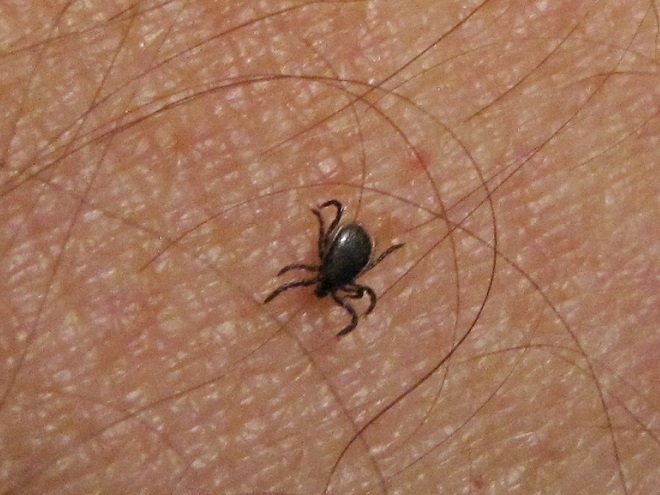
Photo of the Day


LIFE IN THE LOWER SUSQUEHANNA RIVER WATERSHED
A Natural History of Conewago Falls—The Waters of Three Mile Island

The Magi have arrived. Emanating from the shadows of a nearby forest, you may hear the endless drone of what sounds like an extraterrestrial craft. Then you get your first look at those beady red eyes set against a full suit of black armor—out of this world. The Magicicada are here at last.
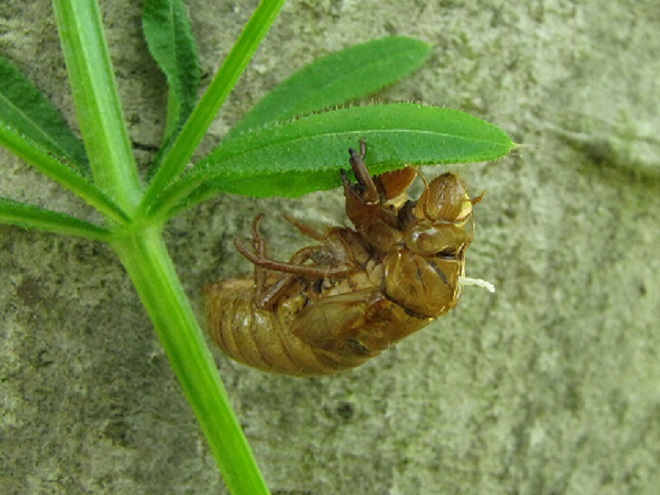
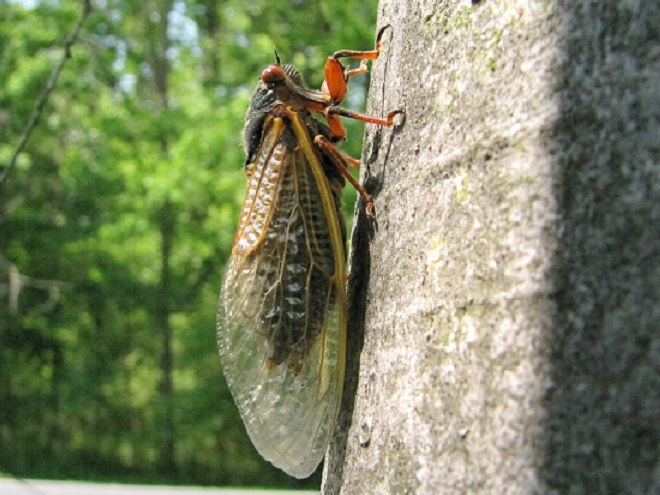
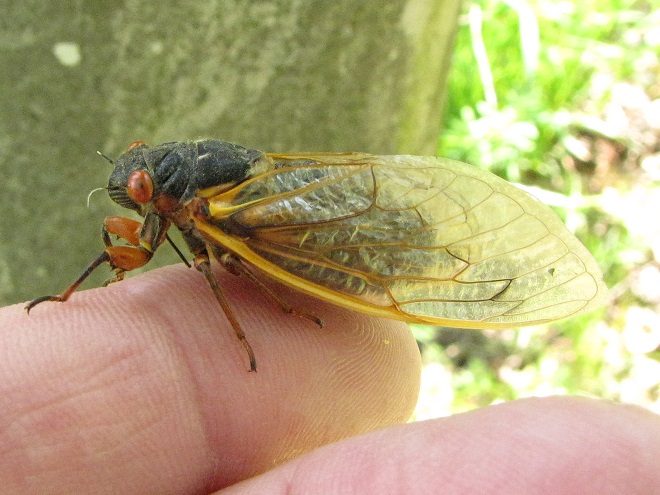

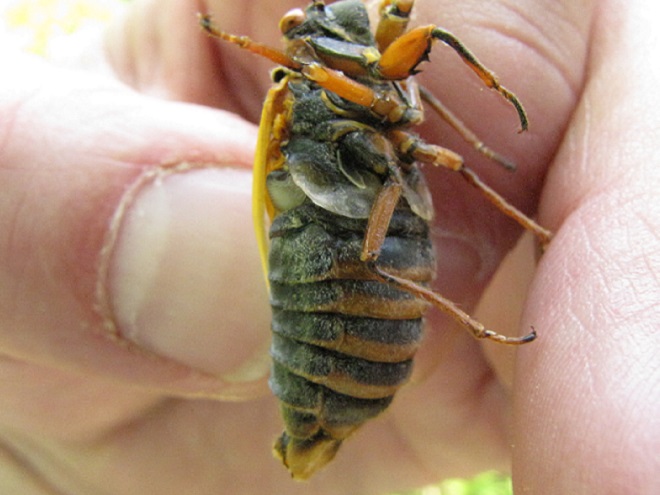
If you go out and about to observe Periodical Cicadas, keep an eye open for these species too…

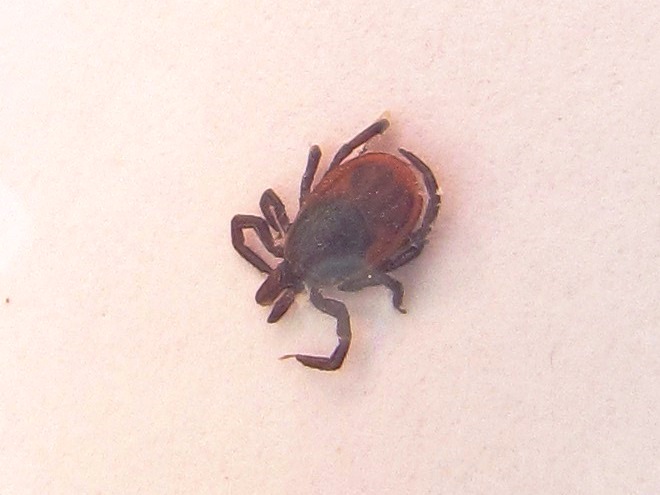
If you visit the shores of the Susquehanna River during the warmer months of the year, there’s a pretty good probability that you’ll be taking a visitor along home with you. Not to worry, it won’t raid the icebox or change the television channels when you leave the room to get a snack. It won’t put you in the doghouse with the landlord for having a forbidden pet. As a matter of fact, you may not even notice your new companion. Sure enough though, it’s there, crawling through the luxurious warm fabric of your clothing and seeking out a good place to dig in and chow down. O.K., so now you’re worried.
Ticks, particularly the American Dog Tick (Dermacentor variabilis), are widespread in the Lower Susquehanna River Watershed. Like spiders, they are arachnids. They have a four-stage life cycle (egg-larva-nymph-adult) which, in the case of D. variabilis, requires a minimum of two months to complete. Females lay up to 6,500 eggs on the ground. Then the fun begins as the larvae with any hope of survival must attach to a small mammal to feed. They can survive for almost a year before finding a host. After a successful hookup and subsequent blood feast of up to two weeks duration, the larva drops to the ground, molts into a nymph, and finds another small mammal, usually a bit bigger this time, to feed upon. A nymph can survive for up to six months before needing to feed. Finding the second host, the nymph feeds for 3 to 10 days, then drops to the ground to molt into an adult. Adult American Dog Ticks can endure up to two years without feeding on a host. The adults mate and feed on larger mammals such as deer and domestic animals including, of course, dogs. After a blood meal of five days to two weeks duration, the adult female tick drops to the ground to lay eggs and initiate a new generation.

The American Dog Tick is renowned as a carrier of the Rocky Mountain Spotted Fever bacteria (Rickettsia rickettsii). The bacteria is vectored by the ticks from rodents to dogs and humans. The adult tick must be attached to the victim for a minimum of six to eight hours to transmit the pathogen. A rash spreading from the wrists and the ankles to other portions of the body begins two to fourteen days after infection.
Tularemia, caused by the bacteria Francisella tularensis, can be passed by the American Dog Tick. Symptoms can appear in three to twenty-one days and include chills, fever, and inflammation of the lymph nodes.
American Dog Ticks which attach to dogs, particularly near the neck, and are left in place to feed and engorge themselves for longer than five days can cause Canine Tick Paralysis. Symptoms usually begin to subside only after a recovery period following removal of the arachnid.
The American Dog Tick is exposed to Borrelia burgdorferi, the bacteria responsible for Lyme Disease, however, transmittal of this pathogen is by the smaller Deer Tick (Ixodes scapularis), also known as the Black-legged Tick. The Deer Tick is not presently common at Conewago Falls. In the adjacent uplands, it is widespread and is carrying Lyme Disease where the White-tailed Deity (Odocoileus virginianus), the preferred host for the ticks, is found along with mice and other small rodents, the source of B. burgdorferi bacteria. The Deer Tick easily escapes notice and cases of Lyme Disease are frequent, so vigilance is necessary.
SOURCES
Chan, Wai-Han, and Kaufman, Phillip. 2008. American Dog Tick. University of Florida Featured Creatures website entnemdept.ufl.edu/creatures/urban/medical/american_dog_tick.htm as accessed July 30, 2017.